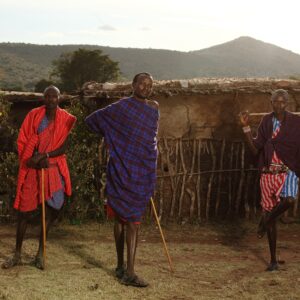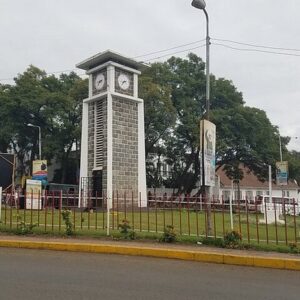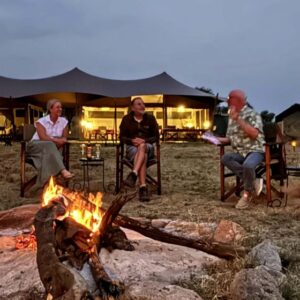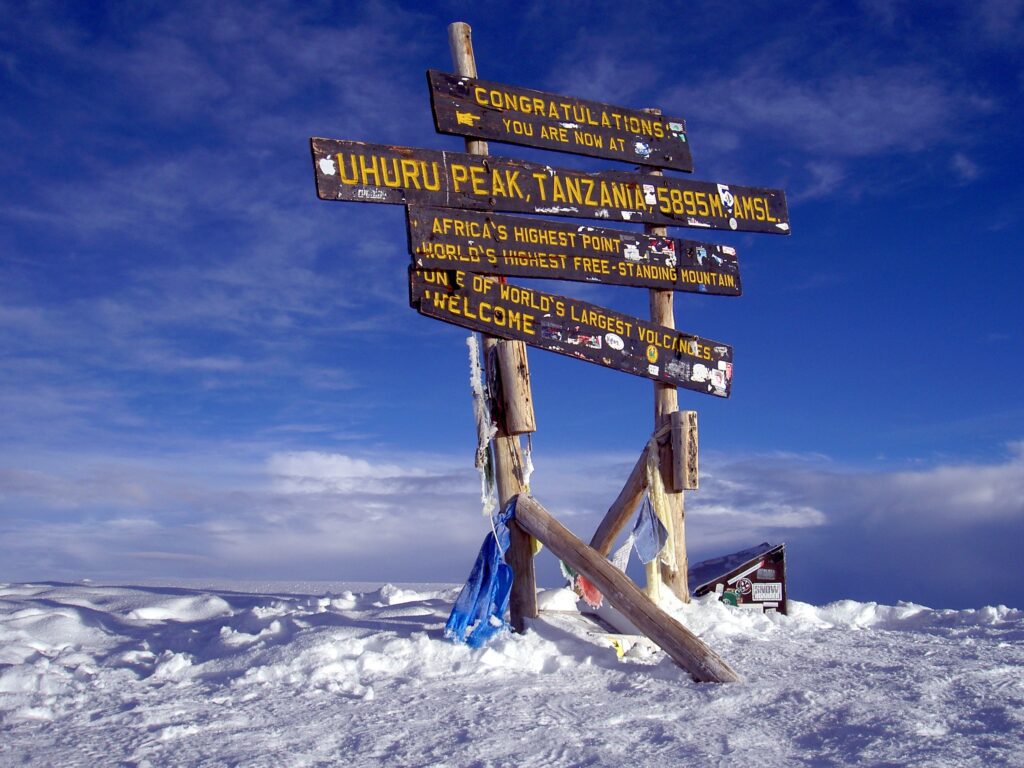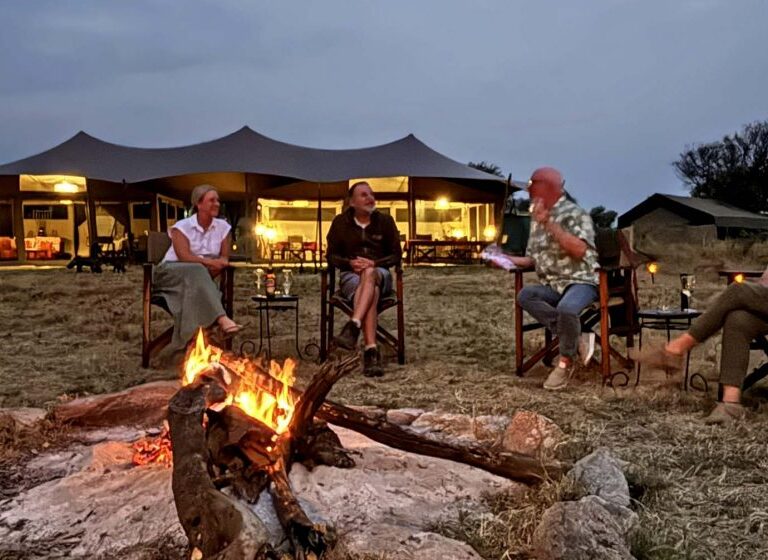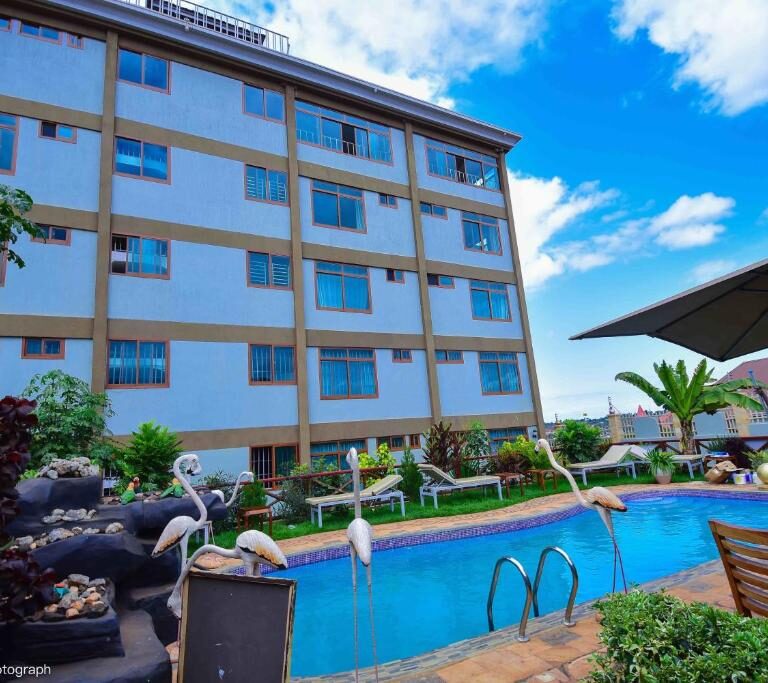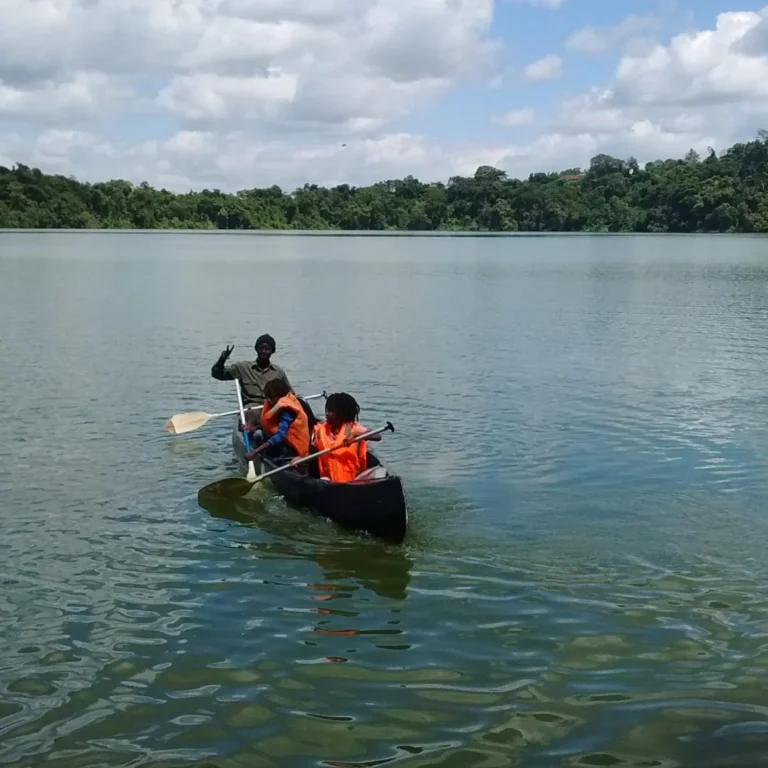The Great Migration calving season, occurring in Tanzania’s southern Serengeti between January and March, offers a breathtaking spectacle of life, resilience, and survival tips to see the best of the great migration calving season. It is a time when nearly half a million wildebeest calves are born within a matter of weeks, alongside countless zebras and antelopes. This period also draws an abundance of predators, creating a thrilling drama of the circle of life. Here are ten tips to help you experience the best of this incredible natural event:
Tips 1: Choose the Right Time to Visit
Timing is everything when planning your trip to witness the calving season. The peak calving period occurs from late January to early March tips to see the best of the great migration calving season. This is when most of the wildebeest give birth, ensuring you’ll witness newborn calves taking their first steps and dramatic predator-prey interactions. Check with local safari operators for updates on migration patterns, as the exact timing can vary depending on rainfall.
Tips 2: Pick the Perfect Location
The Ndutu region in the Ngorongoro Conservation Area and the southern Serengeti are the heart of the calving season. These areas are lush with short grass plains during this time, providing ample grazing for herbivores and excellent visibility for safari-goers. Ensure your safari itinerary focuses on these hotspots.
Tips 3: Book an Experienced Safari Operator
A knowledgeable safari operator can make all the difference tips to see the best of the great migration calving season. Choose a company that specializes in Great Migration tours and offers expert guides who can interpret animal behavior, spot elusive predators, and provide insights into the ecosystem. Personalized tours or small group safaris enhance your experience and allow for more flexibility.
Tips 4: Stay in Strategic Accommodations
Consider staying in mobile tented camps or lodges strategically located in the Ndutu region. Mobile camps follow the migration patterns, placing you in the midst of the action tips to see the best of the great migration calving season. Many luxury lodges also offer unobstructed views of the plains, letting you observe wildlife activity right from your tent or veranda.
Tips 5: Start Early and Stay Late
Early morning and late afternoon are the best times to explore the plains tips to see the best of the great migration calving season. Wildlife is most active during these cooler hours, providing optimal opportunities to see newborn calves, prowling predators, and dynamic herd movements. Pack your camera, binoculars, and an extra layer for the cooler mornings.
Tips 6: Bring High-Quality Photography Equipment
The calving season is a photographer’s paradise. To capture these moments, bring a DSLR or mirrorless camera with a zoom lens of at least 200-400mm. A sturdy tripod or monopod and extra memory cards are also essential. Be ready to photograph everything from close-up predator action to sweeping shots of endless herds under dramatic skies.
Tips 7: Learn About the Local Ecosystem
Understanding the ecology of the Serengeti enhances your appreciation of the calving season. Research how rainfall patterns influence the migration. The symbiotic relationship between species, and the survival strategies of calves and their mothers. Guides often provide fascinating anecdotes and knowledge that deepen your connection to the environment.
Tips 8: Respect Wildlife and Their Habitat
While it’s exciting to get close to the action, always prioritize the well-being of the animals. Keep a respectful distance and follow your guide’s instructions. Avoid behaviors that may stress the animals, such as loud noises or sudden movements. The calving season is a sensitive time for wildlife, and responsible tourism ensures this natural phenomenon continues to thrive.
Tips 9: Combine Your Safari with Other Activities
Maximize your Tanzanian adventure by combining the calving season with other attractions. Visit the Ngorongoro Crater, renowned for its abundant wildlife, or Lake Manyara National Park, famous for its tree-climbing lions. Cultural tours to nearby Maasai villages provide insight into the region’s rich heritage.
Tips 10: Be Patient and Flexible
Nature doesn’t follow a script, and the best sightings often require patience. Spend time observing the herds and trust your guide to lead you to incredible encounters. Flexibility in your schedule allows you to adapt to changes in wildlife behavior or unexpected weather conditions. Ensuring you don’t miss any key moments.
Where To Stay During the Great Migration Calving Season?
For an unforgettable Great Migration calving season experience, stay in mobile camps like Lemala Ndutu or luxury lodges such as Lake Masek Tented Camp, strategically located in the Ndutu region. These accommodations place you close to the action, offering prime wildlife viewing right at your doorstep. Mobile camps follow the herds, ensuring you dont miss a moment. While lodges provide a blend of comfort and stunning vistas of the Serengeti short-grass plains during this magical season.
Great Migration vs Calving Season
The Great Migration spans the Serengeti and Maasai Mara, showcasing millions of wildebeest, zebras, and gazelles in a continuous cycle of movement. The calving season, a key phase of this migration, occurs from January to March in Tanzania’s southern Serengeti. During this time, herds settle to give birth, resulting in thousands of calves born daily. While the Great Migration highlights the grand spectacle of movement, the calving season emphasizes tender beginnings, predator-prey dynamics, and nature intricate balance.
The best time to see Great Migration Calving Season
When is the best time to see the wildebeest calving Season? The best time to witness the Great Migration calving season is from late January to early March. During this period, the southern Serengeti and Ndutu region transform into nurseries as wildebeest, zebras, and gazelles give birth to thousands of calves daily. The lush, green plains provide ideal grazing conditions, attracting predators and creating dramatic wildlife encounters. This season offers unparalleled opportunities to observe the circle of life, from newborns\u2019 first steps to intense predator-prey interactions.
Great Migration Calving Season reviews
Visitors often describe the Great Migration calving season as a mesmerizing and emotional experience. Reviews highlight the breathtaking sight of thousands of wildebeest calves taking their first steps and the thrilling encounters with predators. Travelers praise the Ndutu region for its abundant wildlife and excellent visibility on the short-grass plains. Guided safaris earn acclaim for their expert insights, making the experience even more enriching. Overall, the calving season is celebrated as a must-see spectacle of life and survival in the wild.
Great Migration Calving Season Map
A Great Migration calving season map highlights the southern Serengeti and Ndutu region, where herds congregate between January and March. These lush short-grass plains, nourished by seasonal rains, become the birthing grounds for wildebeest, zebras, and gazelles. The map often includes key locations like Lake Ndutu and Lake Masek, showcasing predator hotspots and prime viewing areas. With detailed routes and vantage points, such a map is an essential tool for planning an immersive wildlife experience during this remarkable season.
Great Migration Calving Season packages
Great Migration calving season packages offer tailored safari experiences, combining thrilling wildlife encounters with comfort. These packages typically include guided game drives in the Ndutu region, accommodations in luxury lodges or mobile camps, and opportunities to witness thousands of wildebeest calves being born daily. Many itineraries also feature cultural visits to Maasai villages and optional hot air balloon safaris. Designed for photographers, nature enthusiasts, and families, these packages provide an unforgettable journey into nature’s most dramatic season of life and survival.
Great Migration Calving Season special offers
Great Migration calving season special offers provide incredible value for experiencing this breathtaking event. These deals often include discounted rates on luxury lodges or mobile camps in the Ndutu region. Guided game drives, and airport transfers. Some packages feature added perks like free cultural tours, hot air balloon rides, or extra safari days. Perfect for families, couples, or wildlife enthusiasts, these offers ensure an immersive and unforgettable adventure during the season of new life on the Serengeti vibrant plains.
Where to see Great Migration Calving Season
The best place to witness the Great Migration calving season is in Tanzania southern Serengeti and Ndutu region. Nestled within the Ngorongoro Conservation Area. Between January and March, these lush, short-grass plains become a haven for wildebeest, zebras, and gazelles as they gather to give birth. Key spots include Lake Ndutu and Lake Masek, where abundant wildlife activity and predator interactions unfold. These areas offer unrivaled opportunities to experience the magic of life beginnings in the wild.
Great Migration Calving Season vs grumeti river crossing vs mara river crossing
The Great Migration’s Calving Season, occurring in January and February. Sees wildebeest and zebra calves born in the lush southern Serengeti. In contrast, the Grumeti River Crossing, around June, features dramatic scenes as herds navigate the treacherous river, often facing predators. The Mara River Crossing, typically in July and August, is the pinnacle, with massive herds crossing into Kenya. Confronting crocodiles and predators, creating one of the most thrilling wildlife spectacles on Earth.
What is calving season and how does it affect the migration?
What is Wildebeest Migration Calving Season? Calving season refers to the time when wildebeests give birth, usually from January to March in the Serengeti. During this period, over 500,000 wildebeests are born. This event significantly impacts the migration as predators, including lions and hyenas, take advantage of the vulnerable calves. The calving season also influences the wildebeest’s movement, as they stay in the southern Serengeti. Grazing on the rich grasslands, before migrating northward as the calves grow stronger.
What can you expect from the Wildebeest Calving Seasons?
During the wildebeest calving season, you can expect to witness a massive synchronized birthing event where hundreds of thousands of wildebeest calves are born within a short period. Often occurring in the Southern Serengeti, with the possibility of seeing newborn calves almost every few minutes. Alongside a high concentration of predators like lions, cheetahs, and hyenas actively hunting the vulnerable young. Creating dramatic predator-prey interactions. All while experiencing the unique sight of new calves quickly getting to their feet and moving with the herd almost immediately after birth.
Interesting fact about Great Migration Calving Season
Around half a million calves are born in two months. Roughly 400,000 wildebeest calves are born every year between January and early March in the southeastern plains of the Serengeti. It’s also a general calving season, as zebras and antelopes also give birth to young during this period.
Final Thoughts
Witnessing the Great Migration calving season is a life-changing experience, showcasing the beauty and resilience of nature. By following these tips, you can immerse yourself in this unparalleled event and create memories to last a lifetime. Embrace the unpredictability of the wild and savor every moment of your journey through Tanzania’s extraordinary Serengeti.


